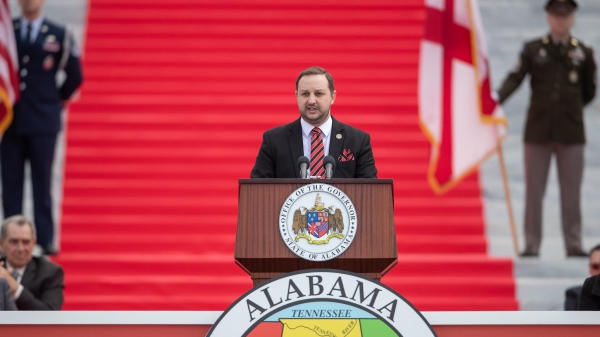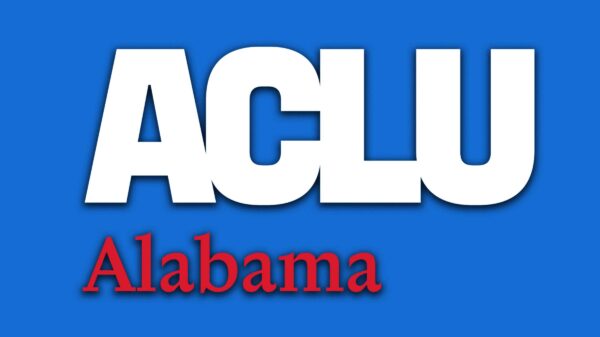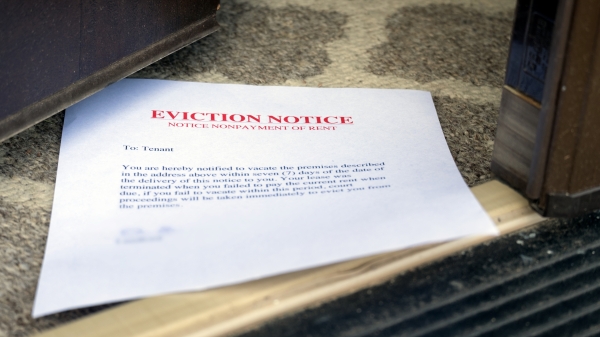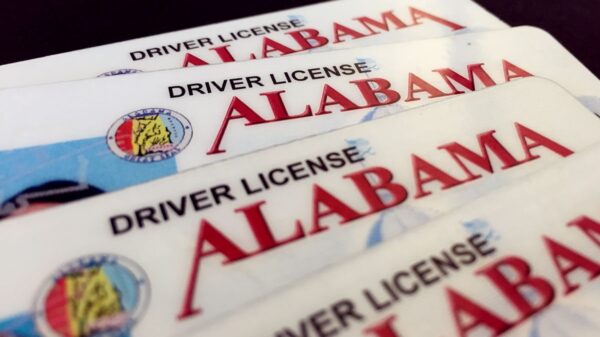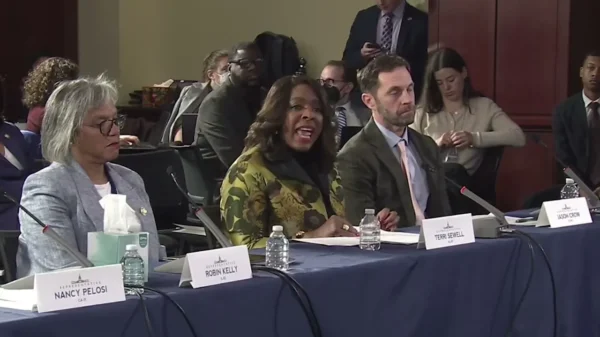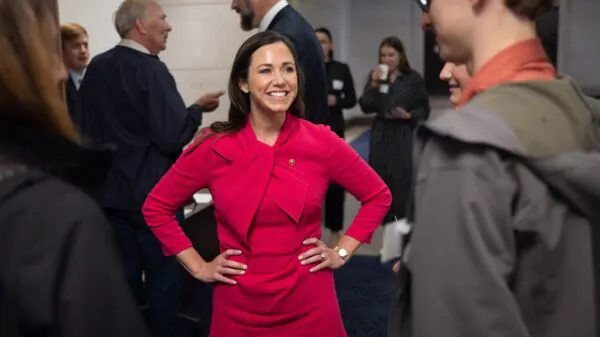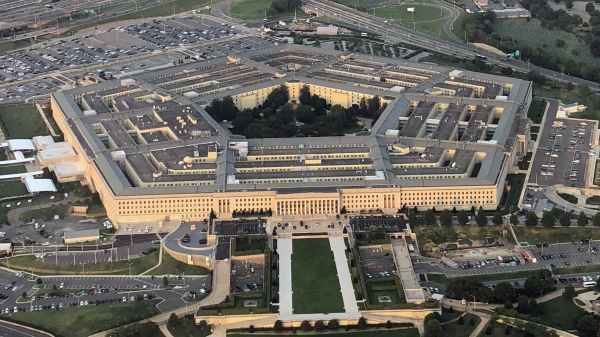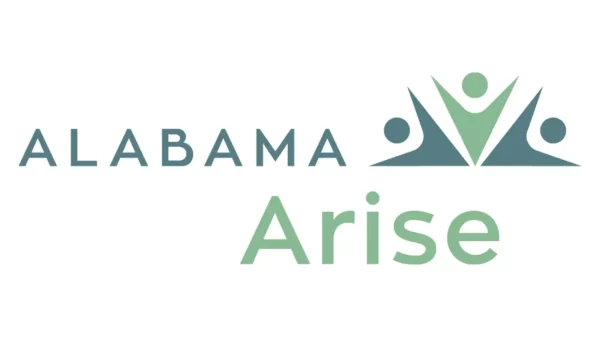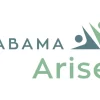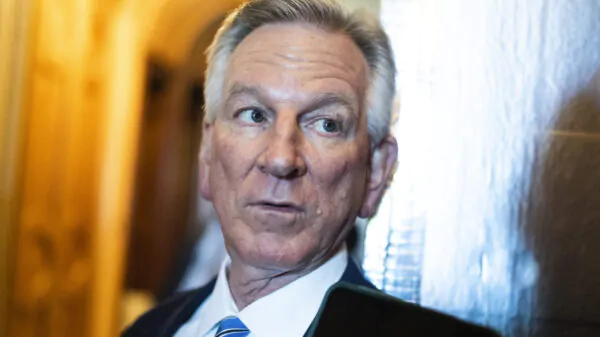By Dr. Henry C. Mabry
Further questions have arisen regarding the Medicaid General Fund issue and clarification has been sought concerning the needs for Medicaid in 2017 for the new managed care program. Additional detail is provided to better inform readers and to clarify unclear information presented in the initial article regarding this topic.
Many budget observers were not aware that state matching funds will be required to implement the new Medicaid Regional Care Organization (RCO) Program. It remains correct that the state will be required to provide matching funds and it would appear that the net state match required for FY17 will range between $47 million and $75 million (unless the state can receive favorable cash flow relief regarding the cash flow issue discussed later). Such amount will hinge upon fiscal year timing versus waiver timing, and lesser factors such as how much credit the federal government grants certain state-funded programs not currently being allowed to be counted as state matching dollars (e.g., expenditures for private placement room and board).
Implementation costs are also an unknown which contributes to the high end of the range (e.g., consultant contract costs), and Medicaid projected this figure to be $8 million in its budget request. The Alabama Medicaid Agency admitted in its own budget request that $37.4 million is needed for next year’s state share of RCO capitated payments, and this was before the federal government released particulars in the federal waiver instructions regarding timing, payment requirements, mix of state spending credit, and limitations placed on such credits. The state should be able to weather the waiver cash flow issue, and for this reason the estimate for the first year is pegged at $60 million.
Luckily, Alabama will receive credit for some of the health-related programs it spends hard state dollars on to include as state match for a two- to five-year period (based upon the program area). Alabama requested receiving $287.5 million in credit to apply toward state match. Over the first two years of the program, where most spending will occur, the State of Alabama (excluding extra Jefferson County waiver money) will receive credit of $30 million to $40 million (plus the same amount for the last three years) instead of the requested almost $300 million the state wanted over the entire demonstration period. The FY2017 needed state match is after taking into account the federal credit being granted Alabama under the approved waiver.
Even though the first fiscal year state cost will be around $60 million, the first three year cost should cost much less than the earlier estimate of $150 million because of further examination of the approved federal waiver instructions. This is because of two issues. First, there is an overall cap on spending for the program. The federal approval is for all authorized spending and not for just federal spending. Second, no additional spending can occur under the waiver unless the state happened to receive approval for waiver spending changes. In articles in the press it has been assumed that Alabama could expand upon the waiver in dollar terms. Upon further study of the approved waiver, it appears that the federal government is apprehensive about further credit being given the state as discussed later.
Alabama should only be responsible for $60 million to $80 million in the first three years for state match unless more hard dollars are spent for the program as authorized by the legislature and do not run afoul of the federal guidelines. Most of the state cost appear to be in the first year thanks to having to spend $187 million total program dollars in the first two quarters of the fiscal year because no funds appear to be available for the current fiscal year. For example, first quarter spending for the program should be roughly $94 million, and the same for the second quarter, while third quarter spending should decrease to $47 million. In the second year, state appropriations for the program should decrease because of this cash flow issue. As discussed earlier, the state should be able to mitigate this cash flow matter to reduce the up front hit.
Under the waiver, if all benchmarks are reached, then Alabama might actually receive up to $26 million in net extra dollars between years three and five thanks to the federal government’s Medicaid spending credit for state-assumed health care costs being counted as state match and the reduction or elimination of new federal dollar spending for the program in those years.
Questions have arisen about the potential $747 million in federal money funding the RCO program. Further explanation of the proposed waiver versus the approved waiver is provided.
Under the proposed waiver, Alabama requested $287.5 million in federal credit toward state match. At most, the State of Alabama will receive credit of roughly $80 million for dollars spent on health care not currently counted as state matching funds.
Under the proposed waiver, RCO and provider transition/incentive payments were requested by Alabama from the federal government (in 100 percent federal dollars) amounting to $626 million over five years. Under the approved waiver, Alabama will receive federal and state dollars totaling $328 million for extra transition, RCO administrative, and provider incentive costs.
Under the proposed waiver, Alabama wanted the federal government to allow nearly $300 million in existing non-Medicaid match funds to be counted as such in order to draw down $630 million in new federal money for the RCO program. All total, the proposed waiver had revenue allowances and new federal spending amounting to almost $1 billion. The approved waiver has $326 million in new authorized spending, and this amount also incorporates state investment.
If there is potentially $747 million from the federal government on the table for Medicaid, then how can this be derived? The answer, again, concerns the original waiver application.
Again, Alabama requested that $287.5 million in state spending be considered state match for federal funds. Again, Alabama received a five year credit for approximately $81 million. If the federal government came back at a later time and said the rest of Alabama’s match money request is approved, then over $200 million more in state money could be used as match and such amount could generate an extra $500 million to add to the federal portion of the $328 million approved program that is already in the mix. This is at least one way to arrive at close to $747 million in “potential” federal revenue, but there is no indication in the waiver instructions that this is being contemplated by the federal government.
In summary, Alabama requested the federal government to provide over $900 million to the state in cash and prizes (including non-Medicaid eligible spending to be considered Medicaid eligible spending for state match). Alabama received a $328 million program requiring some state participation.
An important issue that must be considered is the federal government’s requirement that waiver demonstration projects, like Alabama’s, are revenue neutral to the federal government. The federal government requires budget neutrality to the federal government by the end of the five year demonstration period. Alabama originally requested a $914 million waiver program, and Alabama estimated that by the end of the waiver that the federal government would actually receive net Medicaid savings of $27 million.
Alabama’s request front-loaded federal spending and assumed budget neutrality would occur over time based upon cost savings, particularly in areas concerning the aged, blind, and disabled. The federal government has provided funds up front in the approved waiver, but to a lesser extent than the state requested. The federal government truncated new federal dollar costs dramatically after year two and the federal (indirect) contribution is very small in years four and five in particular.
In its $914 million waiver request, the state assumed costs would decrease versus normal anticipated costs by implementing the program to save approximately $630 million from programs in the last two years of the demonstration, or an amount equivalent to 20 percent of current spending for the subject populations. In one Medicaid category alone, the state assumed cost savings of approximately $500 million in the last two years of the program, or an amount equivalent to a third of current spending for such category.
Did the federal government believe that assuming such huge back end cost savings may have been a tad overambitious in the waiver application? This is for federal officials to say; however, the budget neutrality requirement is standard, and assuming the bulk of cost savings to come at the end of the five years with the bulk of the costs to the federal government coming at the front end may be why the federal government reduced its risk by limiting the program in breadth and in scope. The federal government reduced a $914 million state request to a $328 million state request and it took the state almost two years to get roughly a third of a loaf. Further, the waiver instructions had the following to say about the state wanting future federal credit for non-Medicaid eligible revenues: “The state may not request renewal of this authority after March 31, 2021.” This sentence implies that the state windfall is limited and cannot be taken for granted as permanent. Further, by mid-May of this year, the federal government is requiring the state to show how the RCO system will be self-sustaining after the five-year period without additional federal funding.
Herein lies the question: Is it reasonable to expect the federal government to come back and second guess itself and give Alabama its requested nearly billion dollar federal honeypot after reducing the federal sting to a state-participating $328 million program? Gov. Robert Bentley may have assurances from the Secretary of Health and Human Services that he may receive his wish for a revised waiver almost thrice the size of the one the Secretary approved, but it may be reasonable to believe that banking upon $747 million in federal funding may be a tad overambitious.
Dr. Henry C. Mabry served as State Finance Director from 1999-2003. He currently heads Mabry & Co., and can be reached at [email protected]


